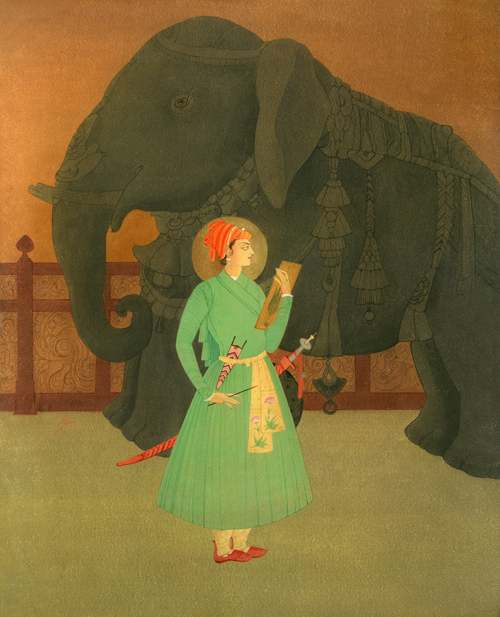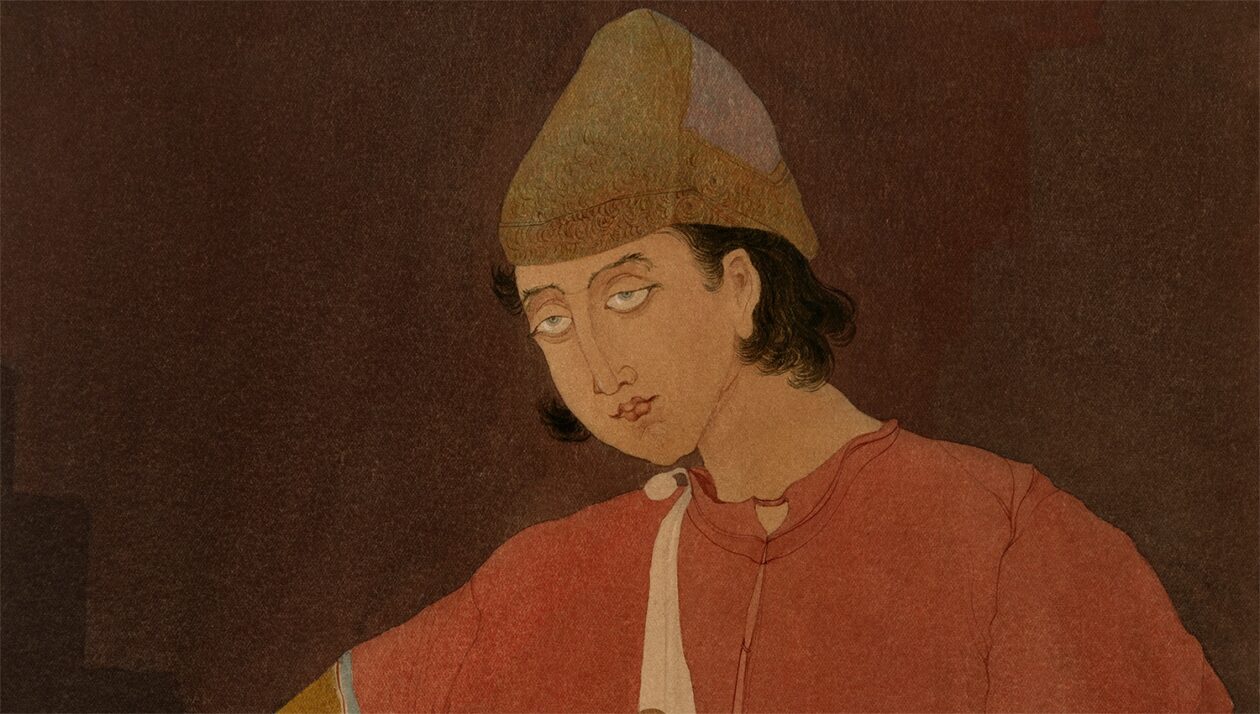REFUSING AN OPPORTUNITY
THE BODY OF EMPEROR JAHANGEER
A life time offer

We get all kind of people at the museum. The variety of persons amaze me. From all over the world, I have met lakhs of people. Obviously each person comes with own agenda. Some people are really crazy, but we have to listen to them. One day a person called on me, a rather poor person, or a labourer category of people. And he asked me if I was interested in looking at something, no one would have ever looked at in his life time. I was stunned. I did not comprehend what he was telling me. He offered to show the body of Emperor Jahangeer to me.
The Mughals had their own way of burial. But they always chose burials according to the environmental conditions. When Empress Mumtaz Mahal died, there was fear that the Rajputs may steal her body for black mail purposes. So there were three layers of burial chambers made. And in the third one, after the coffin was placed, it was filled with molten lead. No way of anyone stealing the body. This one does not know what happened with the body of Emperor Shah Jahan himself, as all that was done in an unplanned hurry. Aurangzeb is buried in a flimsy grave, without regard for anything. Anybody could have desecrated his grave at any time. No precautions taken. Similarly Princess Jahan Ara is buried in a simple grave in a Saint’s complex. However we do know more intricate details of the burial chamber of Empress Nur Jahan. With two rings on the ceilings, her lead/iron coffin was suspended from above. Ranjit Singh in his rage against the Muslims, tore down her coffin, and scattered her bones into the dust outside, for wolves to eat. But the place is there and the method of burial is there too.
Emperor Jahangeer was sick and taken to Kashmeer. He died there and had expressed a desire to be buried in the garden of his wife in Lahore, mainly Dil-kusha. His entails (they were always removed when burial was not imminent) are still buried in Kashmeer in a simple monument there. For example the monument where the body of Mumtaz Mahal was buried for some time is still there too. Then his body was brought to Lahore.
Alexander Burnes was an explorer extra ordinary and passed through Lahore in 1834 and his account was published in 1835. He visited the tomb of Emperor Jahangeer and camped there. In his diary, Alexander Burnes write in 1835, that:
“We quited Lahore in the forenoon of the 11th of Febraury, and alighted at the tomb of Jaghangeer, a splendid mausoleum across the Ravee. The wreck of a royal cemetry, which the names of a king had once rendered sacred, but lately converted into a barrack for a brigade of infantry, who had further contributed to its desolate appearance. We put up for the night in one of the garden houses which surround it, and listened to the puerile stories of the people, who assured us that the body of the emperor, like the fabled tale of that of Mohammad, was suspended by leadstones.
One has only to enter a chamber underneath to see it resting on the ground.”
This proves to us that Emperor Jahangeer was buried in the same style as his wife, with rings on the ceiling, and his coffin suspended from it. A group of labourers were working on the sides of the mausoleum, when the Earth caved in and they entered an underground tunnel. A labyrinth in fact of tunnnels there. Hoping for some treasure, they ransacked the tunnel and came to a secret chamber, and there the coffin of Jahangeer was suspended from the ceiling. They had no equipment to break the coffin which was absolutely sealed, but they understood that they were viewing the body of Emperor Jahangeer after centuries. And for this knowledge they wanted to make money out of it.
They came to me to guide me down a tunnel and to show me the body of Jahangeer. I am no adventurer, nor do I have the guts to do such impossible things. But I was thrilled and I wish I could have sent someone to photograph all of it. But thy were asking for too much money and I never felt it was worth it. So I refused. This is many years back, the labourers gone, their information gone. The access to the tunnel nowhere to be seen. But as a memory it haunts me and it was worthy to share it with the world. Emperor Jahangeer is not a no body not to deserve this mention in history.

Alexander Burnes was through Lahore in 1831 but the reporting and the journal was later on , and published in USA in 1835.
.
The lead block, was it transparent ?
I mean the these days lead is available in consistency o a metal, and a glass too !
Wherever the enterance tunnels started from, it must be ending deep down right below the official grave marking in the tomb ?? …….. may be ‘m getting silly now !
.
Not Lead Silicate but I never checked it myself. Just told so.
Agha Sahib is right. It is solid metal, but of what kind, we do not know. Authorities have a right to check these things